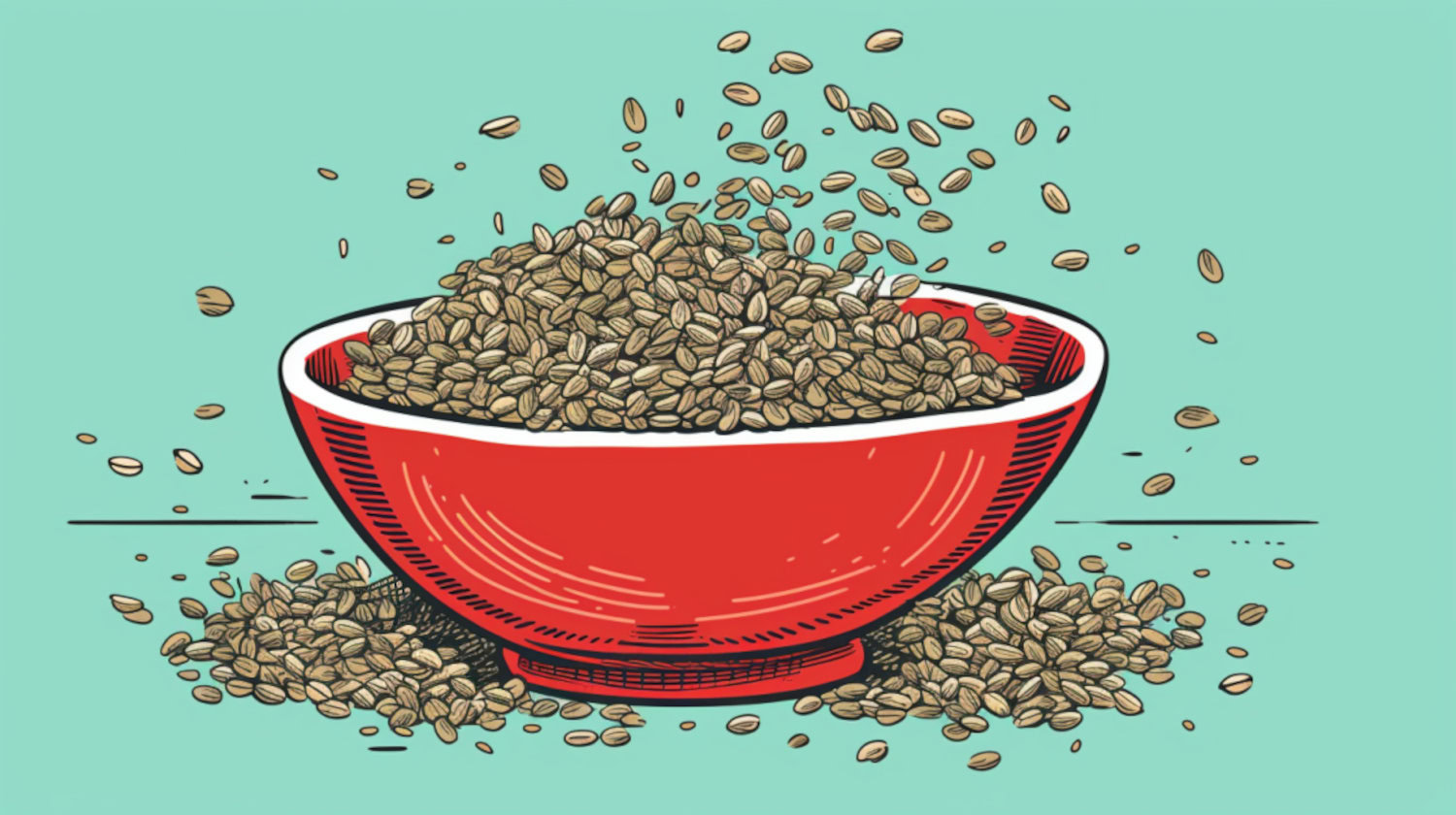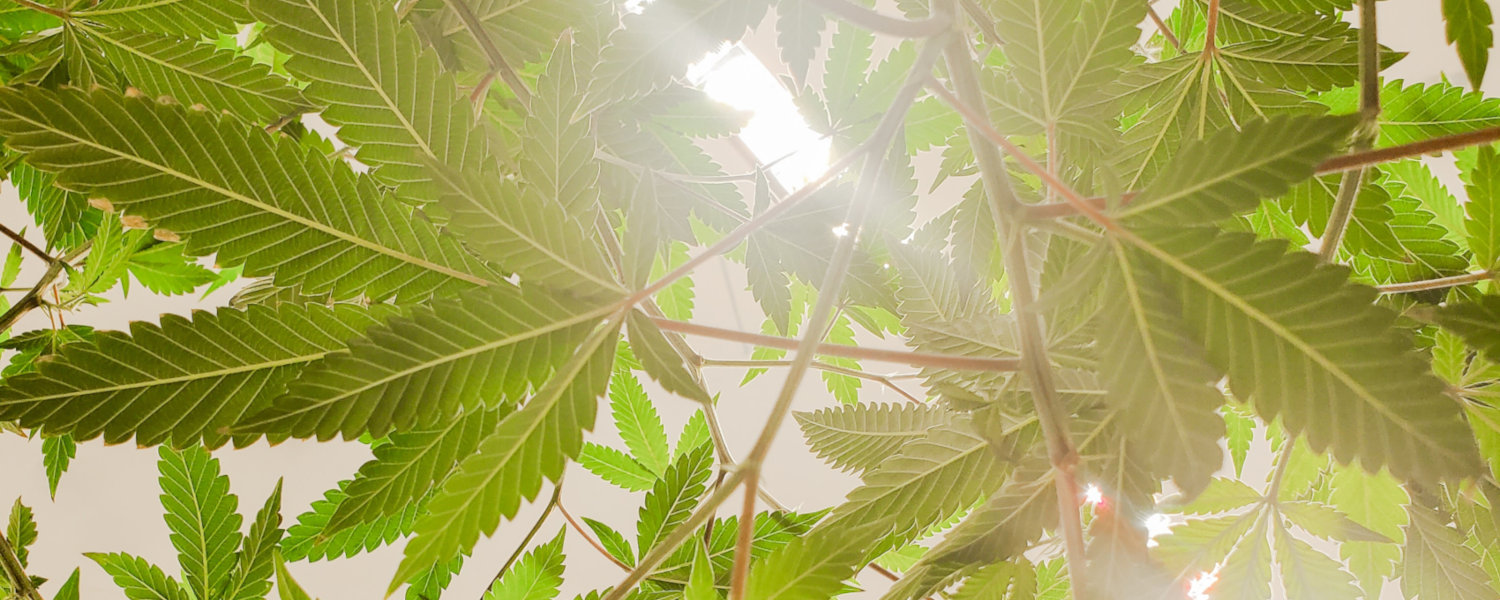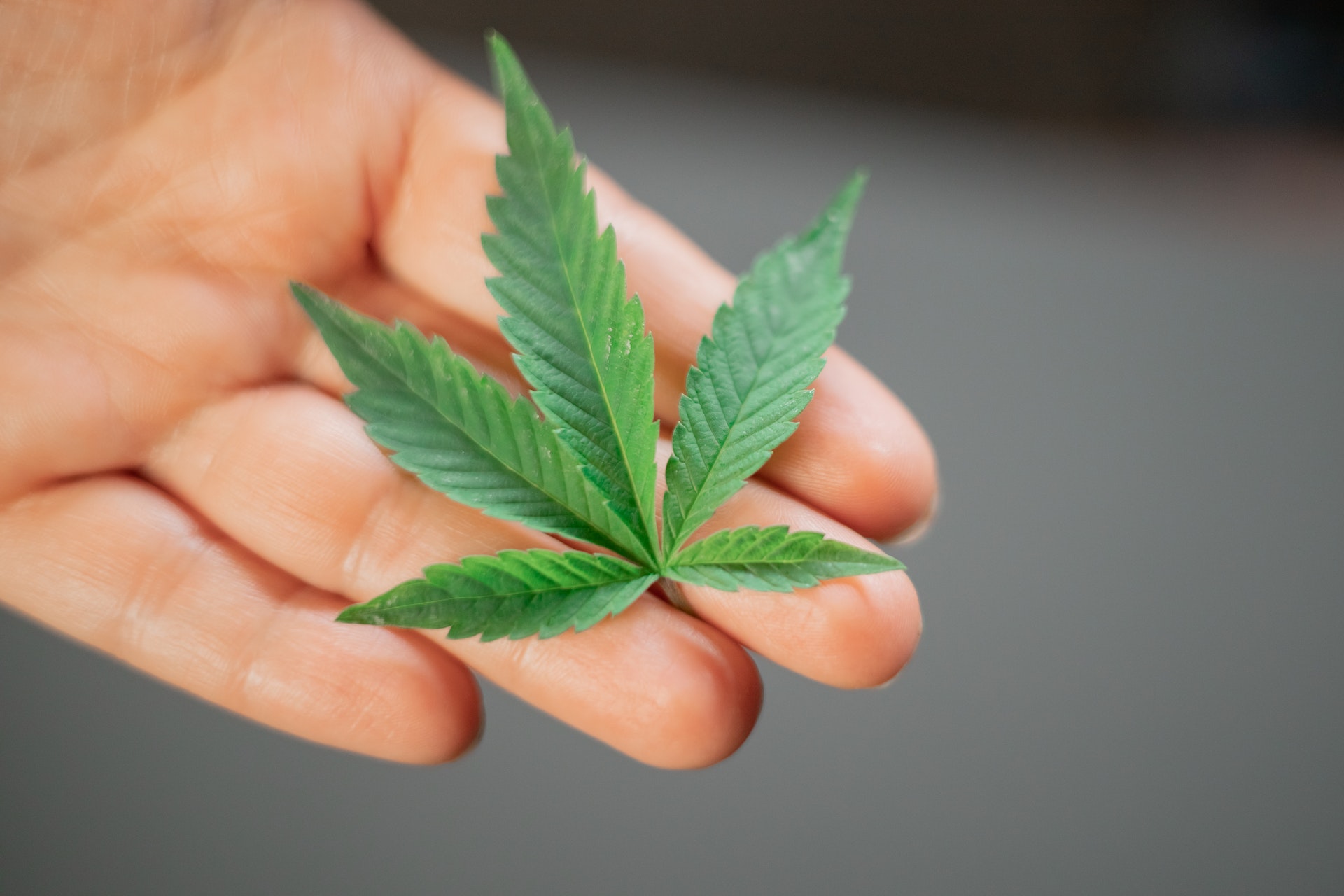In the wake of legalization throughout much of the country, the popularity of cannabis cultivation has grown exponentially among both casual enthusiasts and horticulturists alike. However, the entire process may feel rather daunting for those new to growing the plant.
One of the key challenges new growers face is distinguishing between male and female cannabis plants, which can profoundly impact the yield and quality of your harvest.
While this may seem intimidating at first, rest assured that it's not as complicated as you may initially think.
Does Having a Male or Female Weed Plant Make a Difference?
Knowing the sex of your plants can be the difference between a bountiful harvest and a lackluster yield (that's also full of seeds). Any cannabis cultivator, no matter how casual or professional, will need to understand how to differentiate male and female weed plants.
No grower wants to invest their time, effort, and resources into nurturing their cannabis plants, only to discover later that the plants aren't what they expected or wanted.
Cannabis, whether it's hemp or marijuana, exhibits dioecious characteristics, meaning it produces both male and female weed plants.1
When talking about growing weed, chances are you're referring to cultivating female cannabis plants, as these are the ones that produce the coveted buds — the resinous flowers rich in cannabinoids such as THC and CBD. The buds, after all, are the primary reasons why cannabis is cultivated, whether for medicinal or recreational purposes.
Female cannabis plants, left unpollinated by male plants, channel the majority of their energy into bud production, resulting in a more robust and potent harvest. Otherwise, they'll produce significantly smaller yields that'll be full of seeds.
Nevertheless, while male cannabis plants may not be as sought after as their female counterparts, they do serve a purpose in the cultivation process. Male plants are essential for breeding and genetic preservation efforts.2 Breeders use carefully selected male plants to cross with female plants, creating new strains or enhancing existing ones. Male plants contribute their unique genetic traits, playing a role in diversifying and improving the cannabis gene pool.
In some cases, male plants can also be employed to produce seeds for future crops, although this is a less common practice in the era of clone propagation.
Male vs Female Weed Plant: How to Tell
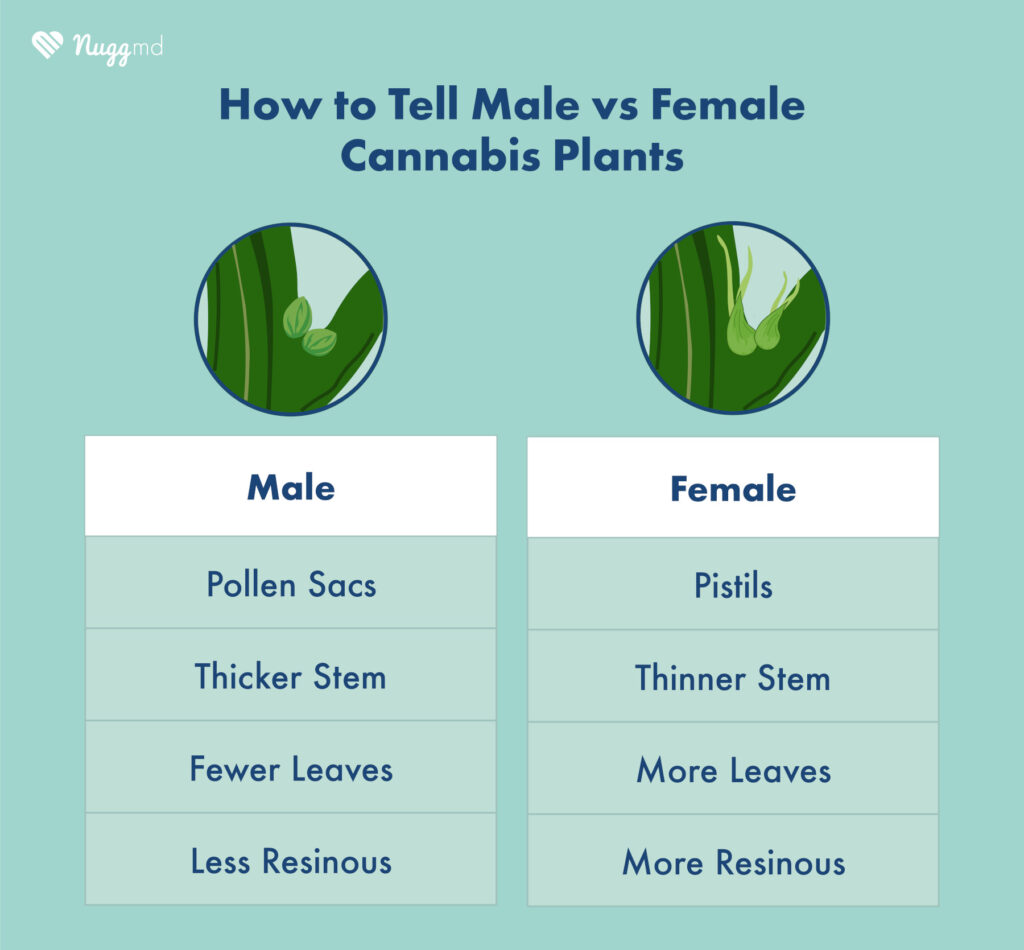
One of the fundamental skills in cannabis cultivation is the ability to differentiate between male and female weed plants. You'll need to know how to tell the difference if you want to produce a successful and high-quality crop.
Luckily, growers can do so rather easily through visual inspection and examination of reproductive organs. And these inspections can be employed at various stages of plant development, making it possible to determine the sex early on.
Male plants produce small, sac-like structures called pollen sacs, while female plants develop pistils, hair-like structures that are meant to catch the pollen released by the males. These primary reproductive characteristics are a clear indicator of the plant's sex and the best way to tell the difference reliably.
Male plants release pollen from their sacs, while female plants receive the pollen, initiating fertilization. However, for those who want to cultivate high-quality buds, the goal is to separate and remove male plants before they have the chance to release pollen, preventing pollination and seed production in female plants, which negatively affects your yields.3
In many cases, it is relatively easy to visually differentiate between male and female cannabis plants once they reach the vegetative stage. The female pistils will look white and hair-like, while male plants produce small, round pollen sacs (and, don't worry, regardless of the strain, the appearance of the sexual organs remains the same).
Aside from reproductive organs, there are a few other differences worth noting. Male plants tend to have a slightly thicker stem and fewer branches and leaves compared to their female counterparts. Female plants often exhibit a bushier and more robust growth pattern, largely due to their focus on bud production. And considering female plants are the ones that produce cannabinoids and terpenes in their flowers, females are typically more resinous than males.
You may also find that your male cannabis plants grow faster and begin flowering faster than your females. While this may or may not help you identify the sex of your plants, it does underscore the importance of doing so quickly, as the male plants don't need long before they release their pollen.
Male vs Female Weed Plants: When Can You Tell?
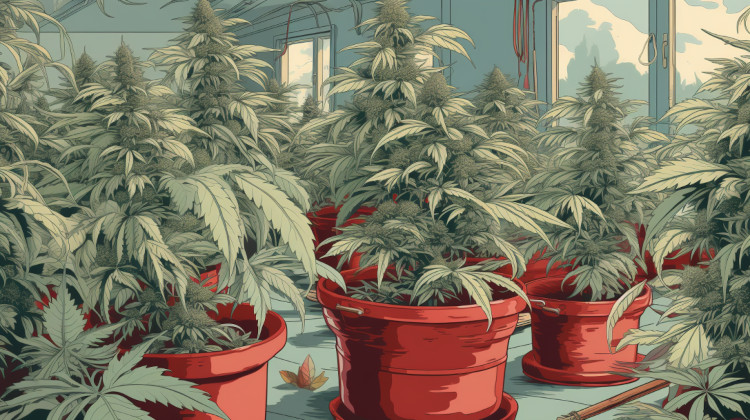
The moment of truth in identifying male vs. female cannabis plants typically occurs during the vegetative phase (or sometimes even sooner). This growth stage occurs several weeks after the seed has germinated and before the plants transition into the flowering stage. Depending on environmental factors, genetics, and the specific strain you are growing, this phase can begin as early as 3-6 weeks into growth.
To identify the sex of your cannabis plants accurately, you'll want to pay close attention once your seedlings begin to grow into adult plants. In particular, regularly examine the nodes where branches and leaves meet the main stem. These nodes are where the first signs of a plant's sex become apparent. Female plants will start to develop small, white, and hair-like pistils at these nodes, while male plants will produce tiny, round pollen sacs.
As soon as you see male pollen sacs at the nodes of your plants, you must separate them from your main crop right away. Otherwise, you run the risk of a pollinated crop of females. Of course, if seeds are what you're after, then you can leave them be and let nature run its course.
Why Separate Male and Female Weed Plants?
The primary reason for separating male and female weed plants lies in controlling pollination. When male plants release pollen, which comes into contact with female plants, the females begin their fertilization process. This results in the production of seeds within the buds, diverting valuable energy away from cannabinoid production.
For most growers, especially those focused on producing high-quality buds, seedless flowers are the goal. Growers prevent pollination by separating male plants from females, ensuring their female plants channel their energy into producing robust, resinous buds rich in cannabinoids and terpenes.
If male and female cannabis plants are not separated, pollination will occur naturally, and the resulting buds will contain a significant number of seeds.
We've all found seeds in our weed from time to time, but pollination ultimately negatively affects the quality and market value of your crop.
This is not to say that your cannabis plants won't produce any buds if they become pollinated. They will, but pollinated cannabis has lower cannabinoid content. Not only that, but pollinated female plants alter their investment in phytochemicals, reducing the production of secondary metabolites like cannabinoids, flavonoids, and terpenoids. This means that the potency and therapeutic value of the harvested buds will be significantly diminished.
Male vs Female Seeds: Is There a Difference?
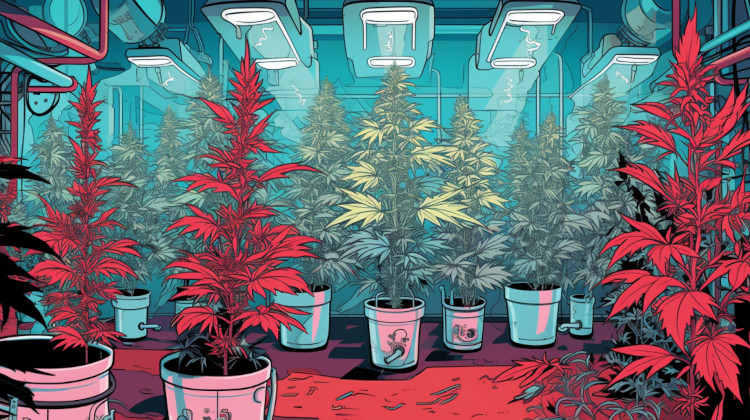
Selecting the right seeds is a pivotal step for a successful and fruitful harvest. One common question many new growers have is whether there is a way to distinguish between male and female seeds.
Traditionally speaking, it has been challenging to differentiate between male and female seeds by visual inspection alone. Cannabis seeds typically appear very similar, regardless of whether they will grow into a male or female plant. It is only during the growth of the resulting plant that the sex becomes apparent.
However, with advancements in genetic testing and the emergence of specialized laboratories, it is now possible to determine the gender of a seed with a high degree of accuracy before it is even planted. These tests can identify genetic markers indicating whether a seed will likely develop into a male or female plant. Even so, while this technology exists, it is not commonly used by individual growers due to its cost and complexity.4,5
Nevertheless, feminized seeds have gained popularity among cannabis cultivators for their convenience. These seeds are produced through a process that ensures the resulting plants will be female by manipulating the genetics of the parent plants, typically through chemical treatment, to force them to produce only female seeds.
Needless to say, these feminized seeds offer several advantages. They eliminate the need to identify and separate male plants, saving growers time and effort. Since only female plants produce buds, feminized seeds guarantee a higher likelihood of a bountiful harvest of potent and resinous flowers.
However, it's important to note that feminized seeds are not without their challenges. The process of producing them can be more demanding and may lead to a slightly higher risk of hermaphroditism (the development of both male and female flowers) in the resulting plants. Of course, feminized seeds tend to be more expensive than regular cannabis seeds.
References
- Malabadi RB, Kolkar KP, Chalannavar RK, Neidilê A, Abdi G, Himansu Baijnath. Cannabis sativa: Dioecious into Monoecious Plants influencing Sex Determination. International journal of research and innovation in applied science. 2023;VIII(VII):82-91. doi:https://doi.org/10.51584/ijrias.2023.8709
↩︎ - Barcaccia G, Palumbo F, Scariolo F, Vannozzi A, Borin M, Bona S. Potentials and Challenges of Genomics for Breeding Cannabis Cultivars. Frontiers in Plant Science. 2020;11. doi:https://doi.org/10.3389/fpls.2020.573299
↩︎ - Lipson Feder C, Cohen O, Shapira A, et al. Fertilization Following Pollination Predominantly Decreases Phytocannabinoids Accumulation and Alters the Accumulation of Terpenoids in Cannabis Inflorescences. Frontiers in Plant Science. 2021;12. doi:https://doi.org/10.3389/fpls.2021.753847
↩︎ - Torres A, Pauli C, Givens R, et al. High-throughput methods to identify male Cannabis sativa using various genotyping methods. Journal of Cannabis Research. 2022;4(1). doi:https://doi.org/10.1186/s42238-022-00164-7
↩︎ - Roth J, Feine I, Waiskopf O, Gafny R, Amiel M. Application of a Forensic DNA Extraction System for Cannabis sativa Seed Identification. Journal of Biomolecular Techniques. 2021;32(4). doi:https://doi.org/10.7171/3fc1f5fe.3e117784
↩︎
The information in this article and any included images or charts are for educational purposes only. This information is neither a substitute for, nor does it replace, professional legal advice or medical advice, diagnosis, or treatment. If you have any concerns or questions about laws, regulations, or your health, you should always consult with an attorney, physician or other licensed professional.


